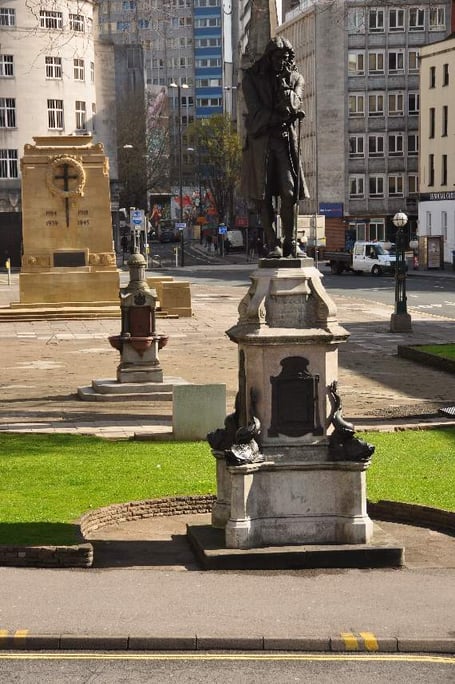THERE remain many inequalities, imbalances and injustices in our country, and a number of these are related to ethnicity.
We need to face up to these and address them, righting wrongs where we find them.
In an effort to find solutions, former prime minister Theresa May instituted a race disparity audit. It found there are still big differences between ethnic groups, but not always those you expect. It is more nuanced than just ‘white privilege.’
In my then area of education, many differences were highlighted. But they weren’t as simple as many people expected.
One of the most glaring gaps in education is in staffing and leadership – we need much more diversity, especially in school heads, and a big imperative is ensuring candidates of all backgrounds are supported and encouraged.
In schools, a number of ethnic minority groups outperform white British children – one of the groups at most concern is poorer white boys.
The most dramatically improved school area in the country has been the most diverse – London.
Black students over-index on university entry, but then their progress, on average, is less than others’, and completion rates lower.
Unemployment is higher for black graduates.
These are the kinds of disparities the audit shone a light on – the commission the current prime minister has announced must build on that.
Questions have also been raised about statues and monuments in our towns and cities, and this poses further important questions on what is in history and what we celebrate in history.
You can’t rewrite history, but the latter is something that we do change, as indeed over time both what is covered and how it is covered in school has evolved.
Statues often mark the contribution of a person or group to a significant moment or event; something that has had a profound impact on the nation. Those who led and defended us in battle. The breakthroughs and developments of scientists, engineers, writers, philosophers and other great minds.
The leaders of movements who have changed the way we think about each other are sometimes not recognised until many years after their moment in history.
This was certainly true for Dame Millicent Fawcett, whose statue arrived in Parliament Square only in 2018, 100 years after women won the right to vote.
But some common attitudes from the past are abhorrent today – few would shed a tear for Edward Colston.
But that doesn’t mean it is right to tear down a statue.
And we shouldn’t now embark on a national search-and-destroy mission, when we don’t know where that would end.
The next thing we should do regarding statues is... nothing, at least not immediately. That doesn’t mean nothing at all.
These are not decisions for demos or crowds, or media outlets, or, indeed, of-the-moment decisions by politicians.
A core feature of a deliberative democracy is the sharing of views and building of consensus.
I’m afraid in these days the thirst for rolling news and social media commentary often makes this considered and deliberate decision-making harder – but no less important.
We can’t change what has happened in the past but we can apply a modern-day understanding to it.
We must ensure people living today can look back and know the past, understand the journey to the present-day, and recognise the important issues that still remain, to shape a brighter and fairer future.





Comments
This article has no comments yet. Be the first to leave a comment.